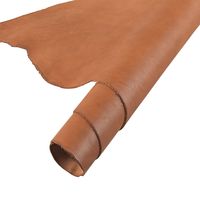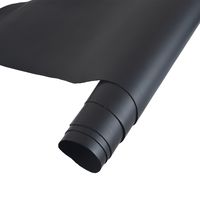Leather types and thickness
Very often, tanners have questions about the thickness of the leather, its grade, standards and other parameters. In this article, we will try to clarify these concepts and some points that are worth paying attention to.
Grade of leather
Often, when buying leather, manufacturers indicate the type of leather, and tanners (especially beginners), sometimes not understanding what this means, tend to buy only 1 grade, while ignoring the grades below, although this could often save them. In fact, the grade of the skin shows how much the skin is worse or better, and the usable area (free from defects, flaws, holes, etc.) that can be used. The useful area of the hide is determined according to GOST 26343-84.
For leather, 5 grades are distinguished (we will not describe the grade by leather type, so as not to delve into technical terms, since the article is more focused on beginner tanners):
- Grade 1 - the useful area should be 100-95% of the total area (for some types of skin 100-90% is allowed)
- Grade 2 - usable area is 95-80% of the total area (for some skin types up to 85%)
- Grade 3 - usable area is 80-70% of the total area (for some skin types up to 60%)
- Grade 4 - useful area is on average 70-40% of the total area (for some skin types up to 50%)
- Grade 5 - usable area is less than 50% of the total area (usually applicable only for haberdashery and clothing leather)
Thus, buying leather of a lower grade, you do not buy it worse in terms of dressing or workmanship, you buy it with a smaller usable area, which sometimes does not matter in the manufacture of products.
Leather thickness
Another important parameter when buying leather is its thickness. It is a mistake to think that when buying leather (especially in hides) or a belt blank with the declared thickness, you will get this thickness over the entire area or length.
The hide does not have the same thickness over its entire length, therefore, in production, the thickness of the leather is assigned in accordance with a certain GOST (State standartd) and amendments to it (you can familiarize yourself with the document regulating this at this link).
In short: according to GOST, for each type of leather in the batch and topology of the hide, there are zones in which measurements are made, based on these measurements, the thickness is assigned.








